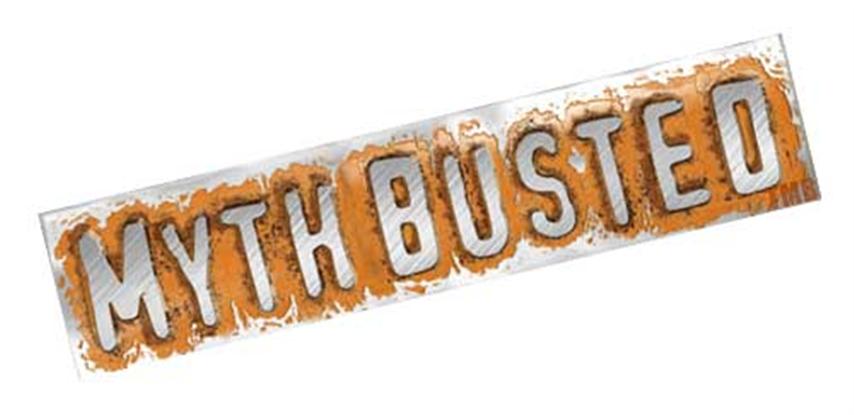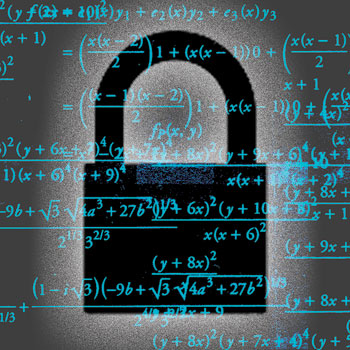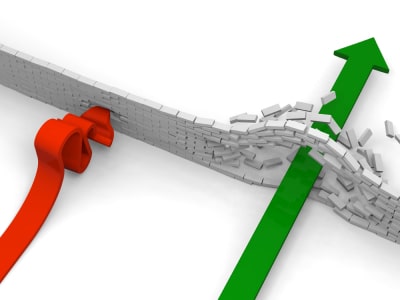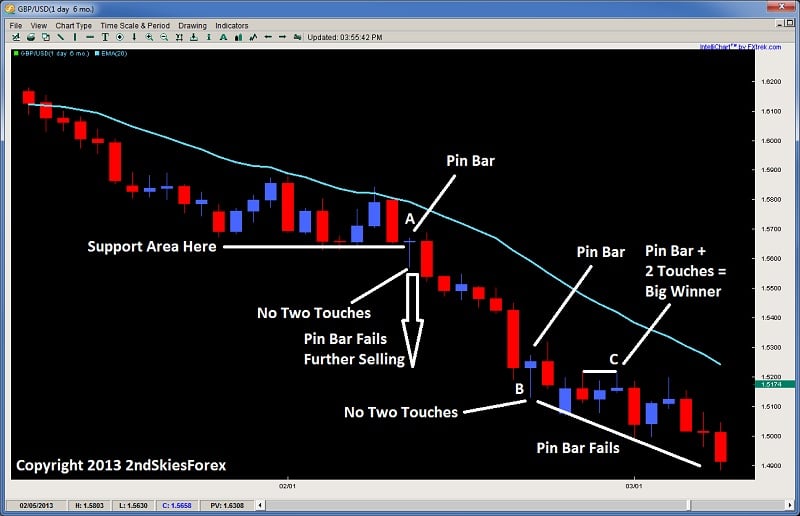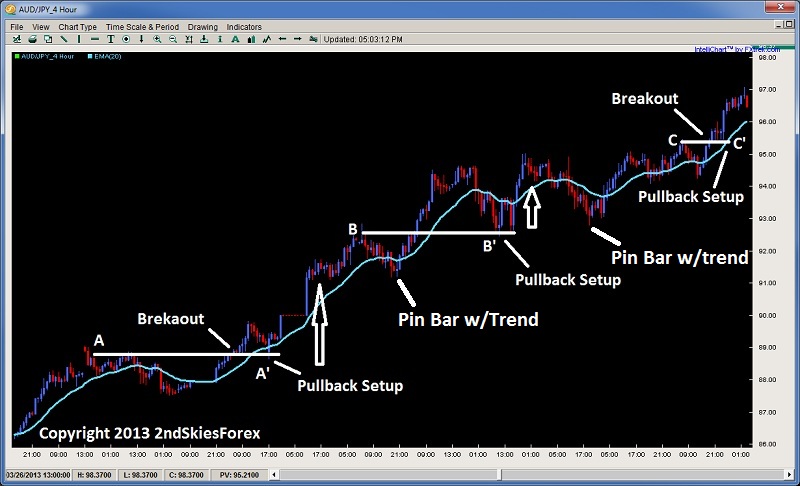You might have had a few profitable months trading live this year, but if you are like 92.5% of all traders out there, when the clock strikes 2015, your account will be negative.
In almost all endeavors, the dividing line between success and not making it is a fine one. Likewise, such a dividing line is drawn daily by what you do, and what you do not do.
Another way of putting this would be – those who will be profitable at the end of 2014 will generally do the things consistently others will not.
The great thing is, you can be one of those in the green at the end of this year. To get there though, you’ll likely have to make a few changes to what you are doing.
Here are some simple steps you can take to put yourself in the 7.5% who will be green at the end of the year. These are the 4 things you should be doing (minimally) if you are trading forex.
1. Being Mentally Prepared
Ever go to a professional sports event 1-3 hours before the game started? Besides empty seats and reporters giving up to date info, you’ll see one constant every time. The athletes themselves are preparing.
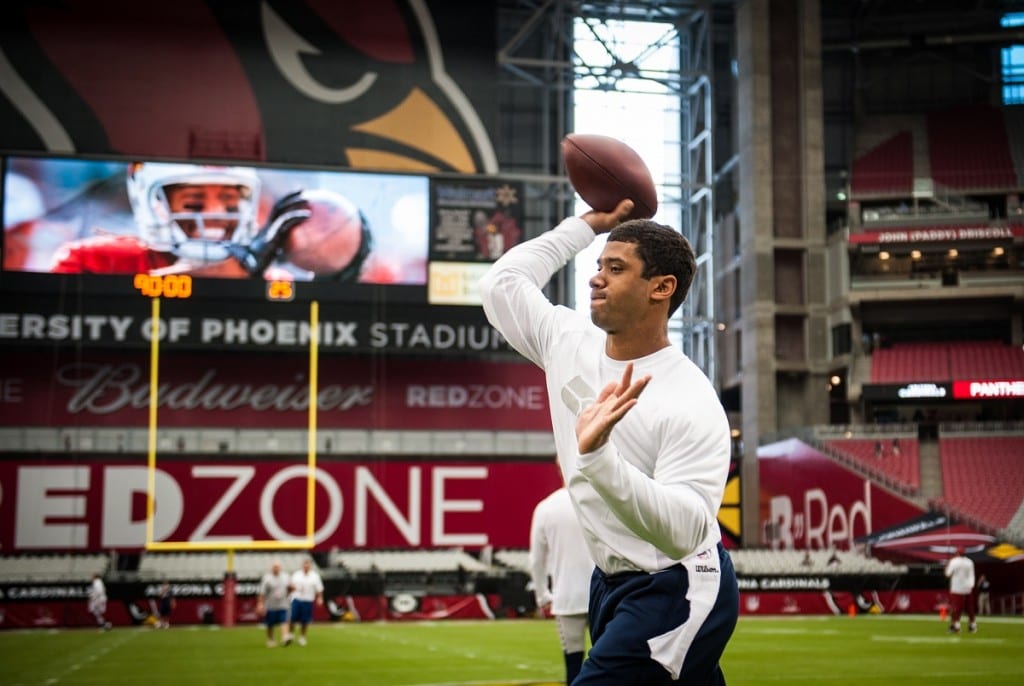
All professionals simply know you have to prepare before each game/event/match. Keep in mind, these professional athletes are already successful, yet they prepare regardless. In trading it is no different, although most of our preparation is mental.
Being mentally prepared, means knowing what you are going to do during your trading day, and how you are going to do it. It is tuning your mind to give yourself the greatest mental edge possible.
Ask yourself do you prepare mentally each day? Do you have a routine you go through before you hit the buy and sell buttons? What do you do to build a successful mindset?
Interesting Story: I had a student who started off his first month of live trading in the red. The next month, he upped his game gaining +11% for the month, mentally prepared for each day.
Ironically the following month, he stopped his mental preparation, and as suspected lost money.
After doing his private follow up session with me, we got him back on his mental preparation routine. Where is he at for the month of May? Up almost 7%.
2. Have A Trading Plan
One of the most important documents you will have as a trader will be your trading plan. This is what you will follow each day from the beginning to the end of your day. It is to guide your actions, along with helping you measure habits and patterns of behavior, to see what is working (or not).
There are generally two types of trading plans:
1) Day-to-Day Trading Plan (actions to do/follow daily)
2) Business Trading Plan
Most ‘authorities’ and ‘masters’ of price action promote only the first one, and they do so in a highly limited way.
Generally such freshman trading plans cover the typical vanilla things, such as;
1) Price Action Signals to Trade
2) What instruments you will trade
3) % Equity Risk Models
4) Stop Loss and Take Profit Rules
5) Rules for Entry & Exit
Look familiar? These plans are completely inadequate by themselves. They myopically focus only on the mechanics of an actual trade.
What about mental preparation? What about reviewing your trades? How you will treat trading as a business, and measure properly if your business trading plan isn’t working?
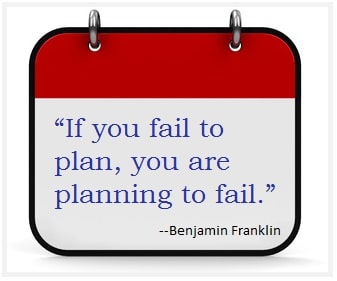
Just like the CEO has a business plan, or the NFL coach has a game plan, you should not be trading without a trading plan.
NOTE: For a really good article on How to Build a Proper Trading Plan, click on the link.
3. Have a Way to Measure and Review Trades
Most traders in the red come end of the year do not measure their trades. The irony is, usually a small adjustment to what you are currently doing will help you trade consistently profitable. One of the best places to find this information is in measuring and reviewing your trades.
Measuring your trades is initially done through a trading journal and performance worksheet. The former notes all the details about each trade, while the latter analyzes the performance of each pair, strategy and time frame.
Have you considered the fact you may do really well with a few pairs, yet consistently lose money with others? How would you know without measuring your trading performance?

Reviewing trades is probably one of the hidden secrets you’ve overlooked to boost your performance and skill set. Sometimes looking at charts of past winners and losers will help you spot patterns and price action context you missed before.
NOTE: For a good article on reviewing trades, visit the following link: Reviewing Trades – Two Crucial Tips
I actually have a folder full of screenshots for winning and losing trades. I also have a folder of screenshots whereby the charts show great examples of a price action pattern working out. By reviewing these charts at the end of the week, I am wiring into my brain to look for these patterns, thus being more likely to spot (& trade) them in real time.
For more information on end of the trading week review, click on the link here.
4. Continual Training
Most developing traders seem to think that once they are profitable, the training ends. Does a concert pianist ever stop training? Do high level martial artists ever stop training? Do Buddhist monks ever stop training?
No. So why would you think that training ends at some point?
Do you have two hours set aside to trade each day, but no trades available with your set and forget strategies? Don’t walk away and be a lazy trader – study, practice, or best of all – do live simulation trading.
Is it a holiday and the markets are closed? The answer is the same.
Anytime I am not trading for the day (for whatever reason), I Use Forex Tester 2 to Accelerate My Learning Curve. FT2 allows you to do live forward simulation trading on any pair or time frame, with at several years of data available.
Need help with your pin bar trading? Use forex tester 2. Having trouble trading support and resistance key levels? Jump on forex tester 2.
It’s like the golfer going to the driving range – but for trading.

This is a great way to build your skill set and get real practice time executing trades in with live forward simulation. You could literally do 50-100 trades in one hour with forex tester 2, which may take you an entire year to do on your own.
I could spend a day talking about the benefits of this as the list is long, but for those trading daily and 4hr price action strategies, you’ll need to increase your trade/rep count to build a sufficient skill set. FT2 is the best way to do this.
You Will Need This Though…
One might think that having a strategy with an edge is one thing you shouldn’t bother trading without.
I agree, but I think this should be a part of your trading plan. If it’s not, then your trading plan is incomplete.
In Summary
All high level professionals do a minimal amount to perform well in their chose field, and that minimum amount they do is often more than those who are not successful. Trading is no different.
If you decide to trade anyways without doing these 4 things above, expect sub-par performance. More importantly, don’t expect the best out of yourself.
With that being said, what things would you add to this list?

